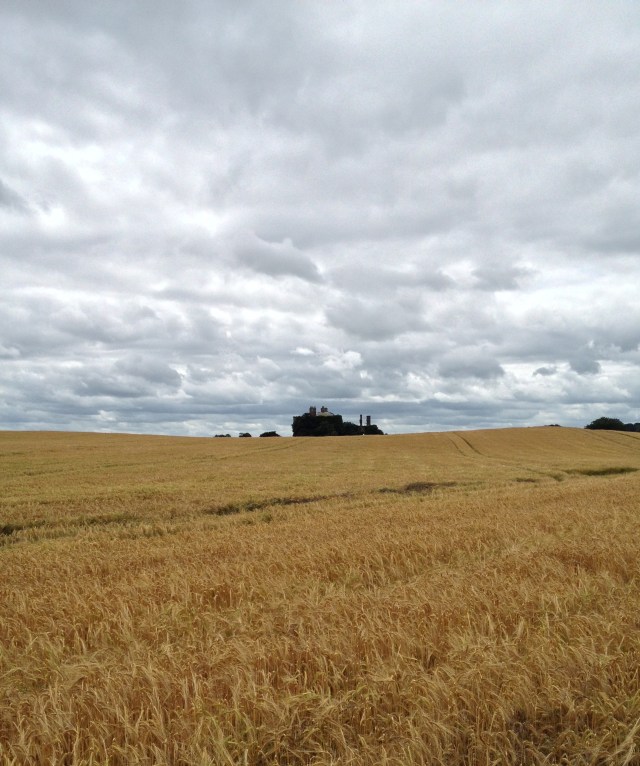
During the reign of James I the splendidly named Sir Faithful Fortescue whose family originated in Devon came to this country where prior to his death in 1666 he bought an estate in County Louth. From him descended several branches of the Fortescues, one of which eventually acquired the titles of Viscount and Earl of Clermont. Meanwhile the parcel of land first acquired by Sir Faithful was further supplemented by various successors and came to include an estate called Stephenstown close to the village of Knockbridge. Here sometime around 1785-90, Matthew Fortescue built a new house to mark his marriage to Mary-Anne McClintock whose own Louth-based family had, through her mother (a Foster), already inter-married with the Fortescues.




Stephenstown is a large, square house of two storeys over raised basement and with five bays to each side. Around 1820, the next generation of Fortescues added single-storey over basement wings to either side but that to the south was subsequently demolished. At some other date seemingly the building’s windows were given Tudor-revival hood mouldings, probably not unlike the make-over given during the same period to nearby Glyde Court (see The Scattering, April 20th 2015). However later again these openings reverted to a classical model, with classical pediments on the ground floor and entablatures on the first, the whole covered in cement render. A single storey porch on the entrance front was the only other alteration. From what remains, it would appear the interior had delicate neo-classical plasterwork, perhaps on the ceilings (none of which survive) and certainly on friezes below the cornice in diverse rooms.




It is not easy to piece together the history of Stephenstown in the last century. The last direct descendant of the original builder was another Matthew Fortescue who in 1894 married a cousin, Edith Fairlie-Cuninghame. He died twenty years later without a direct heir, after which his widow married an Australian clergyman, the Rev. Henry Pyke who took on the Fortescue surname to become Pyke-Fortescue. Curiously the couple are listed as dying on the same day, 24th September 1936, upon which Stephenstown seemingly passed to another relative, Digby Hamilton. He sold up in the 1970s after which the house stood empty (and the trees in the surrounding parkland were all cut down). When Alistair Rowan and Christine Casey published their volume on the buildings of North Leinster in 1993, they noted that Stephenstown was ‘an elegant house, too large for modern rural life, empty in 1985, and likely to become derelict.’ That likelihood has since become a reality.
